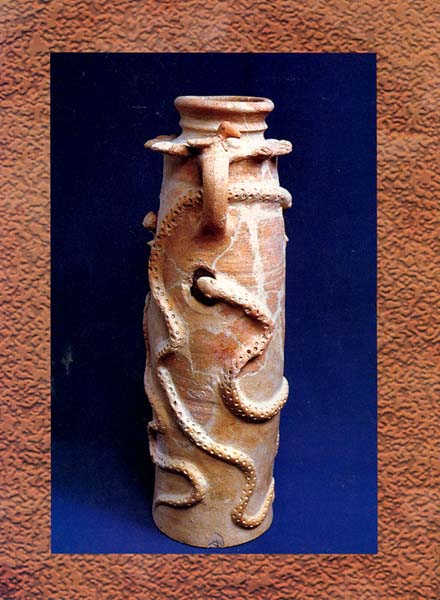Image Details

Photo by Zev Radovan
From statuettes of gods and goddesses to cult stands used in worship, cult objects such as this stand from Beth-Shean were widespread forms of religious expression throughout the ancient Near East. Each people had its national god—Chemosh for the Moabites, Dagon for the Philistines, Ba‘al for the Phoenicians—and each god had a female counterpart, usually called Asherah, Ashtoreth or Astarte. According to Ephraim Stern, author of the accompanying article, many Israelites incorporated these aspects of religious practice—a female consort, carved images of the divinity—into the worship of their god, Yahweh. They did this, Stern adds, even long after Solomon is said by the Bible to have built an exclusive home in Jerusalem for Israel’s god.
